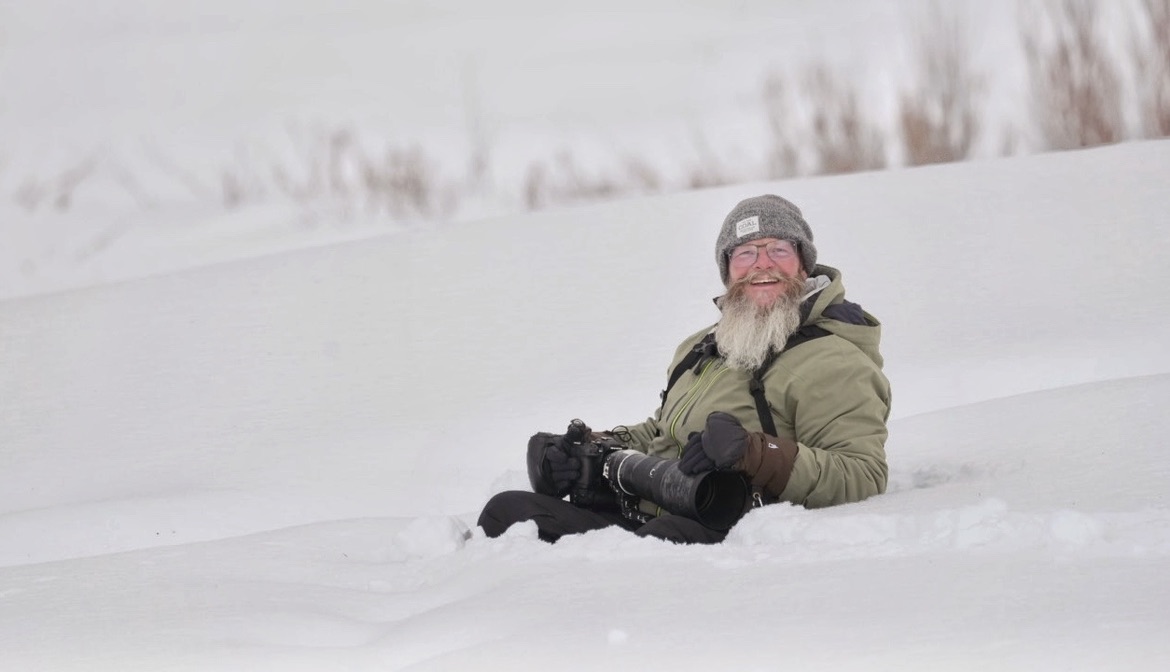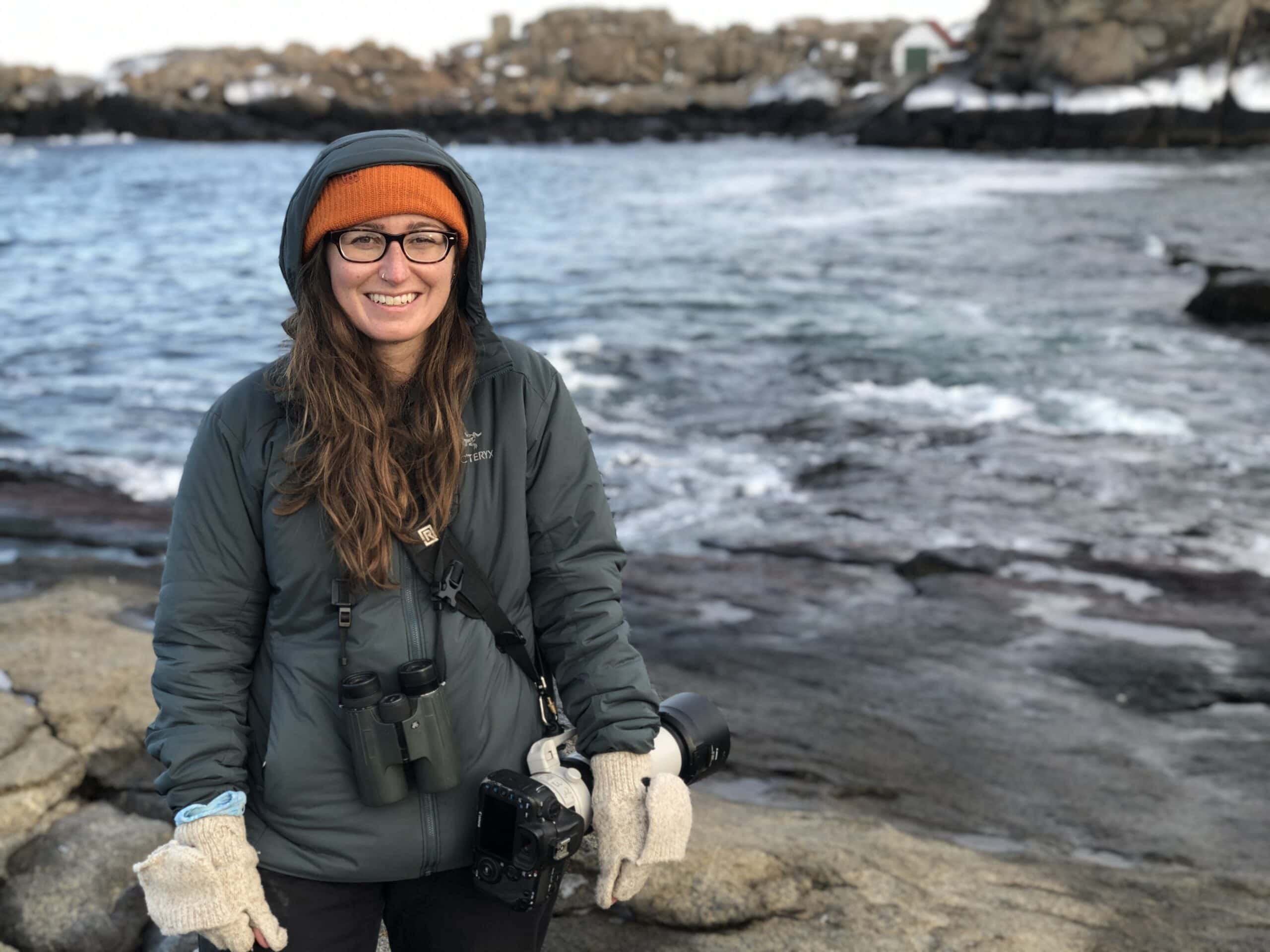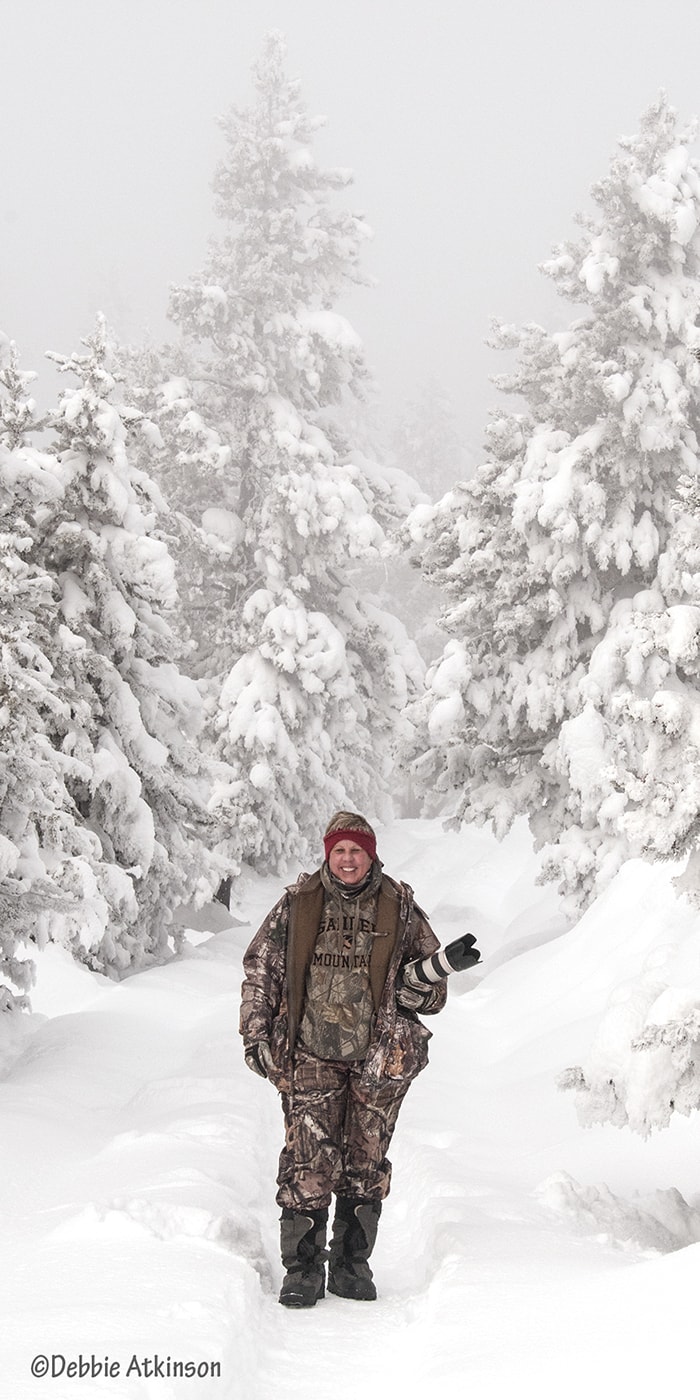Antarctica: Crossing the Drake Passage
May 10, 2010 | by Kevin Loughlin
Crossing the Drake Passage takes about two days, depending on the weather. ‘The Drake’ has a wide-spread reputation… and not a good one for those who get seasick. However, its reputation for great birding far outweighs anything else and is well worth any discomfort. We were not disappointed!
We had departed Ushuaia late in the day, and between ship orientation and dinner, we did not get much birding in before darkness fell. Our night was full of fun and making new friends before retiring to our spacious superior cabin for the night. During the night, The Drake reminded us where we were!
BING–BANG–BONG — the morning call came as a surprise at 7:30am! But the regular sound from the intercom speaker, which warned of a coming announcements for meals or special sightings, quickly became a part of our lingo. (Lisa still repeats the chiming sound to get my attention!)
After breakfast, off to bird we went!
One of the first birds seen as we exited the door into the brisk breeze was a Black-Browed Albatross (pictured above). They we one of the most plentiful species throughout our Drake crossing. As we continued we began seeing additional species rarely seen closer to South America.
Southern Giant Petrels were easily recognized by their large pinkish bill. Though we saw many at sea, they became much more numerous as we approached the Antarctic Peninsula.
After a break for an excellent presentation by the ships birding guide, we devoured out lunch, took a brief nap and braved to chilly sea air once again.






































